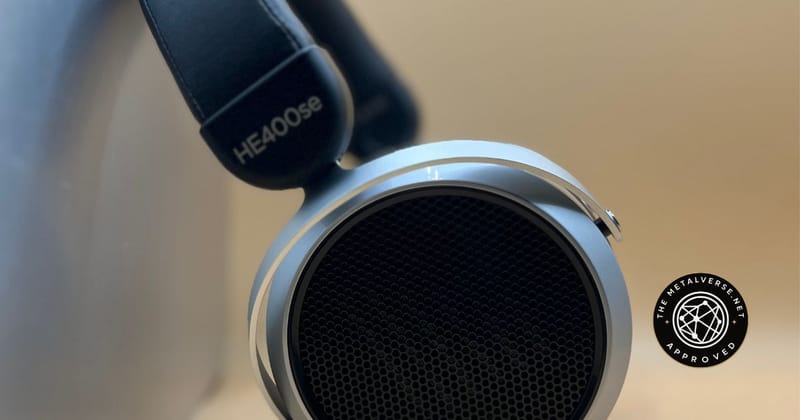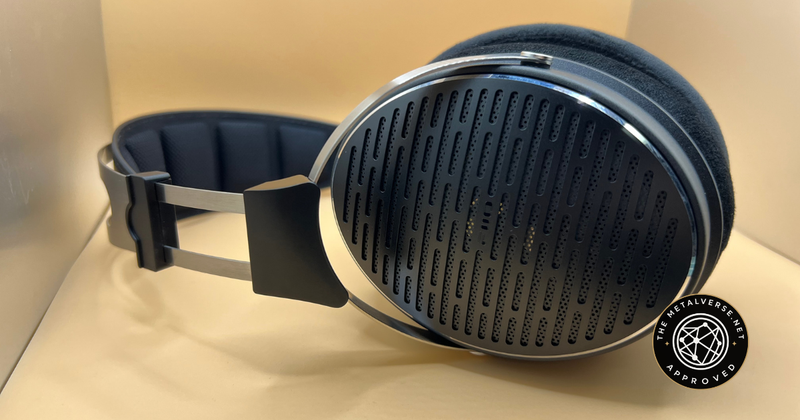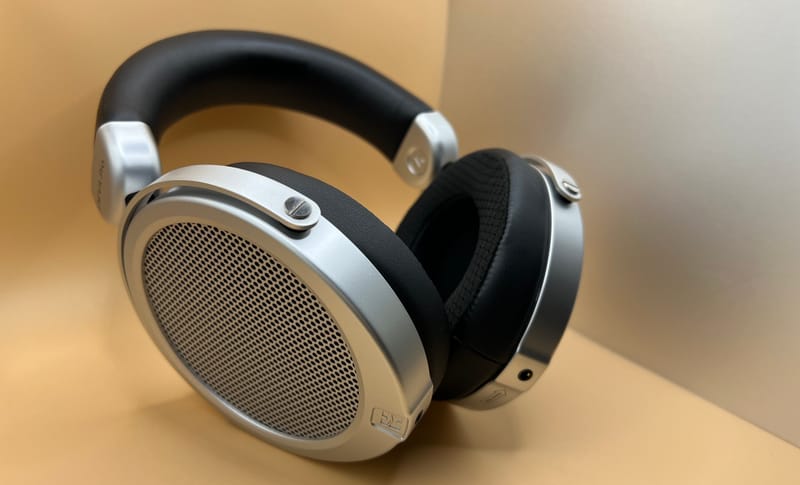Kiwi Ears x Z Reviews Serene: A Bass-Forward Closed-Back Planar
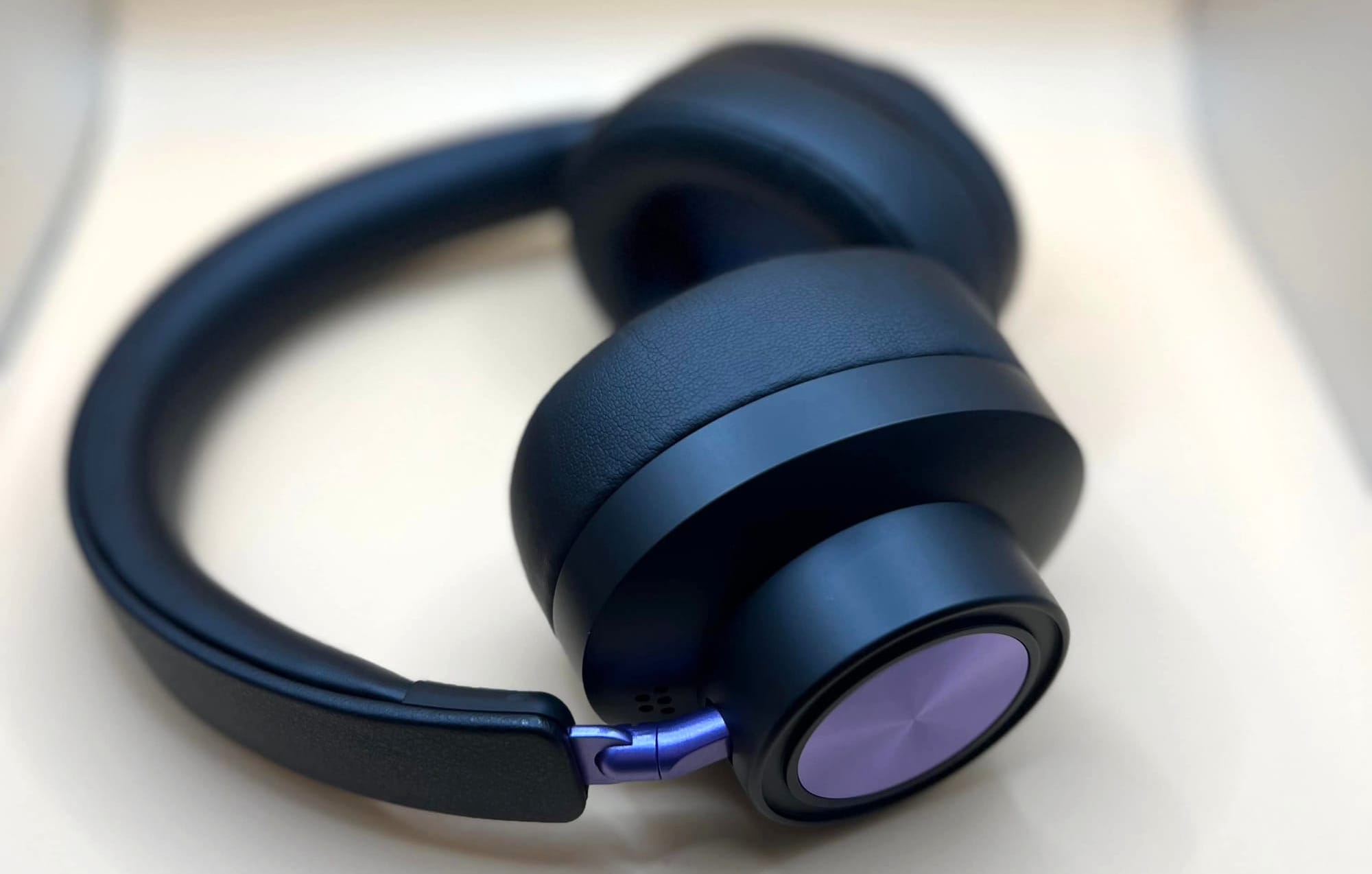
Disclaimer: I received this product in exchange for my honest review. The Metalverse is an independent website, and all opinions expressed are our own with no monetary incentive. We thank the team at Kiwi Ears for giving us this opportunity.
Kiwi Ears x Z Reviews: Serene
Pros
- Excellent bass character
- New proprietary planar technolgy
- Engaging and fun tuning
- Good quality included cable
Cons
- Requires a lot of power
- Earpads are a bit small
Kiwi Ears
Kiwi Ears has steadily carved out its niche in the personal audio market by delivering impressive performance at competitive price points. Originally focused on IEMs (in-ear monitors), the company has built a reputation for understanding what audio enthusiasts want: quality sound without the astronomical price tag that often comes with boutique audio brands.
The brand's philosophy centers on accessible high-fidelity audio, making advanced technology and premium tuning available to listeners who might otherwise be priced out of the enthusiast market. Their collaboration projects have consistently demonstrated that they're willing to listen to the community and work with respected voices in the audio world.
The Serene

The Kiwi Ears x Z Reviews Serene represents an ambitious entry into the closed-back planar magnetic headphone market and is currently priced at $159 USD. This collaboration brings together Kiwi Ears' manufacturing expertise and Z Reviews' decade-plus of experience evaluating high-end audio gear.
What makes the Serene particularly interesting is its custom 72mm x 89mm planar driver—a scaled-down design that deviates from the typical circular or larger rectangular drivers found in most planar headphones. This proprietary driver configuration suggests Kiwi Ears isn't simply rebadging existing technology but actually innovating at the driver level.
The closed-back design addresses one of the biggest complaints about planar magnetic headphones: sound leakage. While open-back planars offer an excellent soundstage, they're impractical for office use, commuting, or any environment where isolation is needed. The Serene trades some of the open-back expansiveness for significantly improved isolation.
Packaging

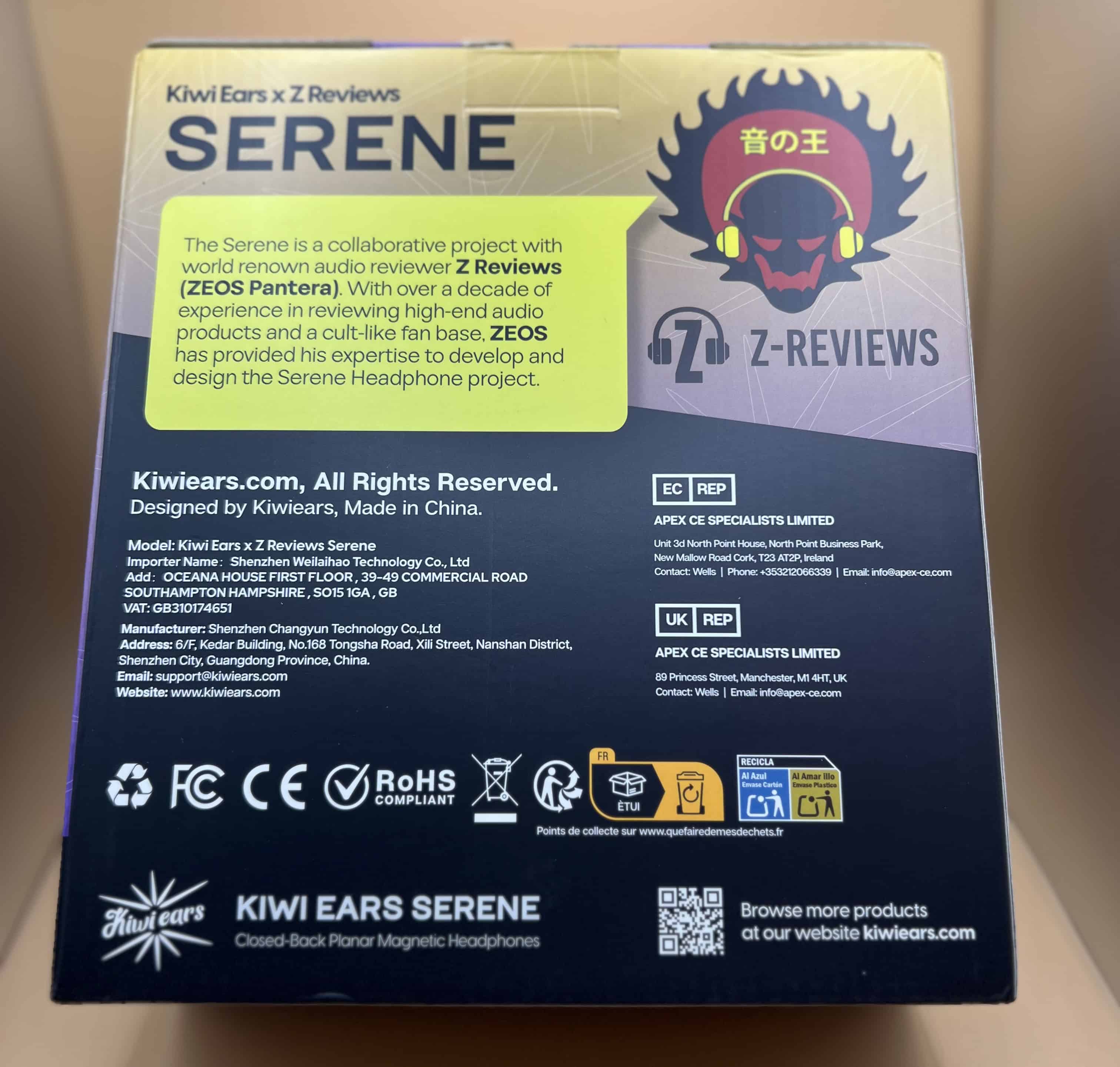
The Serene comes in some nicely designed packaging with a purple aesthetic that matches the design of the headphones' outer shell. The box features both Kiwi Ears and Z Reviews logos, and a brief description of the collaboration on the back of the package.
What's in the Box

- 1 x Kiwi Ears Serene
- 1 x Braided 3.5mm cable
- 1 x User Manual
Cable:

Kiwi Ears includes a detachable braided cable with a 3.5mm termination. The cable feels sturdy and doesn't have a plastic-like or springy feel to it. I like that Kiwi Ears included a higher-quality cable with the Serene as opposed to a more basic cable that many other headphone companies include in their packaging. One thing to note is that the Serene does not come with a 4.4 or 6.3mm adapter, so if you need one, you will have to order that separately.
Build Quality and Design

The Serene's construction showcases a balance between durability and wearability. The headphone features lightweight polymer cups combined with aluminum framing, creating a structure that feels substantial without becoming too heavy during longer wear. This hybrid approach is becoming increasingly common in modern headphone design, as manufacturers recognize that even the best-sounding headphones won't get used if they're uncomfortable.
The aesthetic strikes a modern-retro balance that's likely to appeal to a wide audience. The Serene has a sleek look to it with a mostly black design that makes the purple highlights stand out with vibrance.
The 120-degree dual-pivot joints allow the earcups to rotate and adapt to different head shapes. Spring steel construction allows for an adjustable fit, although you really have to tug on the headband for it to adjust–this isn't really a bad thing, though, as it will certainly not move accidentally.
Sound Quality
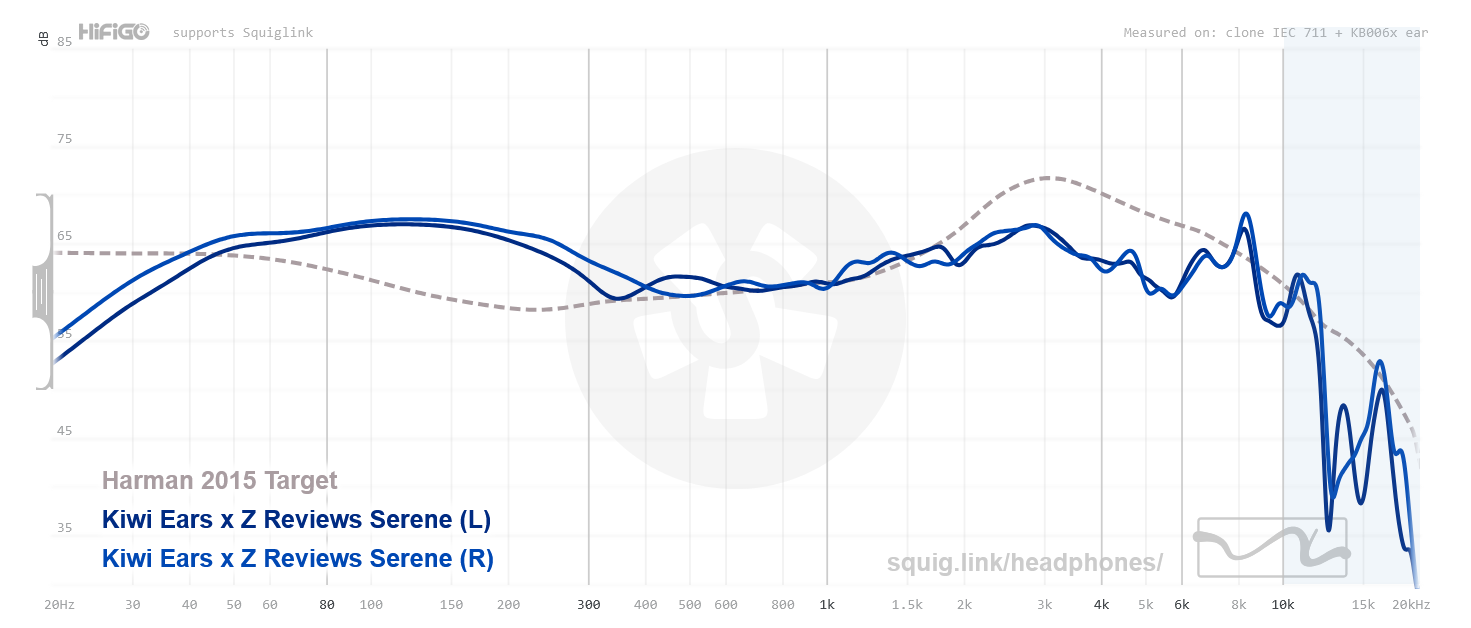
Bass Response
The Serene's bass-tilted tuning, courtesy of Z Reviews' input, suggests an emphasis on low-end impact and extension. The Serene handles bass frequencies very well, producing fast, controlled bass with minimal distortion. The single planar is a proprietary, scaled-down 72mm x 89mm driver that creates a bass response that feels impactful and warm. Mid bass is more boosted than sub bass, although the depth of bass response still feels relatively deep.
As far as planars go, The Seren delivers a great bass experience, but as compared to some "bass-head" dynamic drivers, it won't offer the same rumble. The texture and technicality of the Serene's bass response are excellent, striking a good balance between an engaging bass emphasis and clarity. Overall, the Bass response is one of the standout features of The Serene– particularly for a closed-back planar model.
Midrange Performance
Overall clarity across the mids is very good with a slight warmness to it. Mids come across slightly relaxed due to the emphasized bass performance, but detail retrieval is still rather good. Vocals have a generally smooth performance with body, although male vocals benefit more from the warmth than female vocals.
Separation is good, with individual instruments being able to be clearly heard at the same time, while microdynamics are noticeable but not quite as transparent as more "reference" tuned headphones.
Treble Extension
The Serene has a more rolled-off treble response, which leads to practically no sibilance and a softer high-frequency response. The treble has a smoothness to it that will be great for more sensitive listeners, although it might lack the brightness that some audiophiles are looking for. Detail is still good in the high frequencies, but the Serene emphasises bass more than treble, creating a more engaging and warm sound as opposed to a brighter and more analytical tuning.
Technical Performance
The Serene requires more power than you might expect at 50-ohms, but it does scale well with amplification as the extra power benefits it nicely.
Closed-back designs can't compete with the expansive width of open-backs, but the Serene has a good amount of depth and layering for a closed-back design, showing the strengths of planar drivers. Imaging is above average for a closed-back with great accuracy and separation between instruments. Small details like string plucks and buzz are still noticeable, keeping a pleasant mix of the warmer "fun" tuning with audiophile level clarity.
Comfort and Isolation
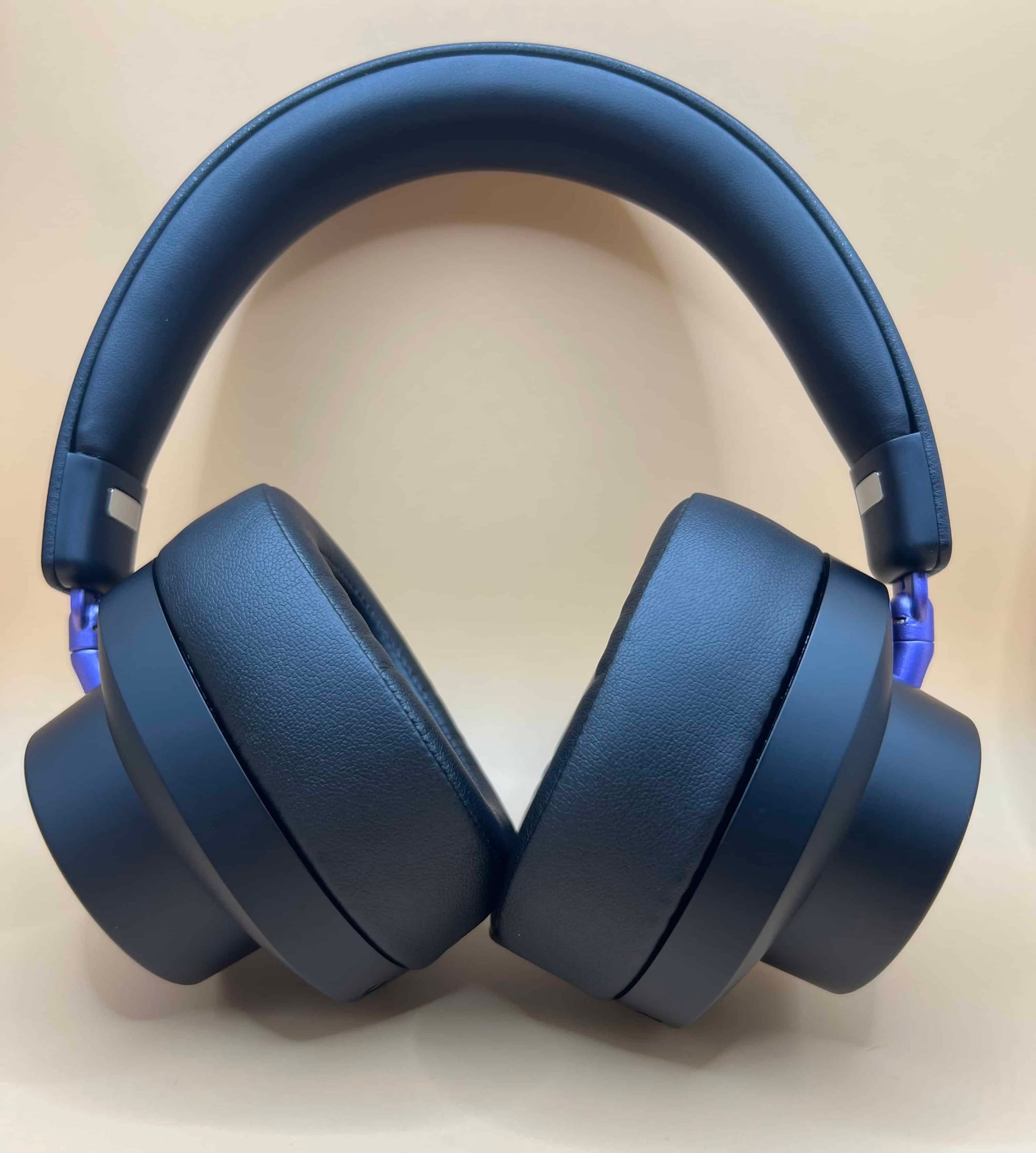
The Serene's lightweight build is immediately apparent; these headphones feel low-profile and much less likely to cause fatigue than many other sets we have worn. The Earpads have sufficient depth, but their width tends to run on the smaller size. They seem fine for most ear sizes, though larger ears may feel slightly cramped.
The plush vegan leather padding on both the headband and ear cups provides initial comfort, though long-term breathability is always a consideration with leather-style materials. The memory foam used in the ear pads should conform to your head shape over time, creating a better seal and more even pressure distribution. Clamping force is about medium, with an adjustable headband length, letting you get an ideal fit.
The closed-back design with memory foam pads provides a good level of isolation that makes The Serene a better option for out-of-home use than open-back alternatives.
Comparison
Vs HIFIMAN Sundara Closed-Back ($129)
HIFIMAN's closed-back planar version of the Sundara is similarly priced at $129. It features a more solid build quality made from primarily beechwood and steel, although this does make it noticeably heavier during longer use. The Sundara Closed-back will have less overall bass, particularly mid bass–but instead has a more mid-forward tuning.
Both headphones have a similarly smooth treble, so the main difference between the two lies in their tuning philosophy. The Serene focuses on bass response, while the Sundara closed-back prioritizes the mid range. Both are great choices for the price, and suit different types of audiophiles.
Final Verdict
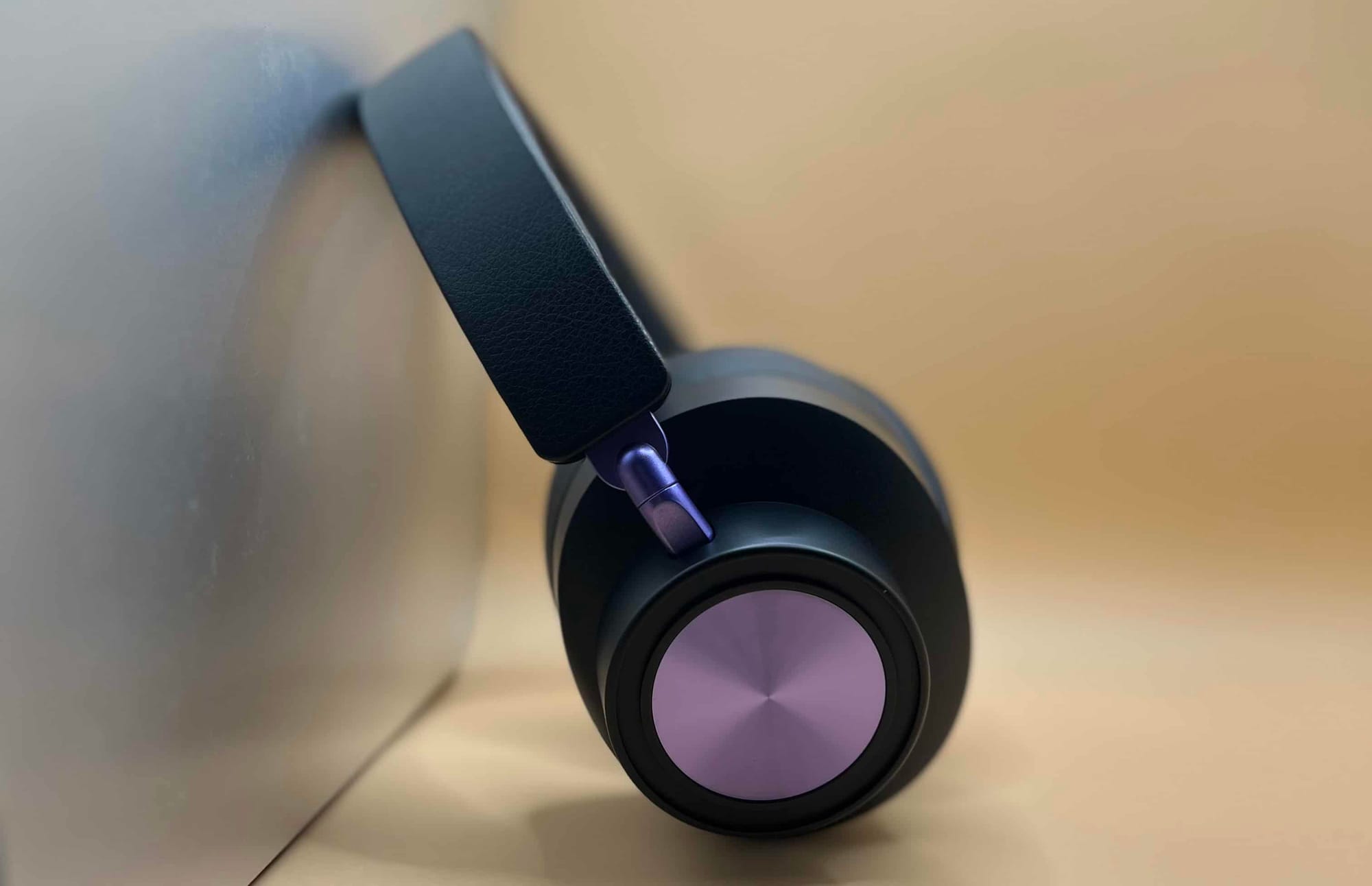
The Kiwi Ears x Z Reviews Serene enters a challenging market segment where expectations are high and competition is fierce. The closed-back planar magnetic category demands exceptional performance—listeners want the speed and detail of planar technology combined with the isolation and bass impact of a closed design.
I think Kiwi Ears succeeds here with their design, creating a comfortable and aesthetically pleasing-looking headphone that doesn't seem to have any build-quality design flaws.
With a sound that prioritizes bass and a warmer, more engaging tuning, the Serene still has an impressive level of clarity across the board. If you are looking for a fun planar headphone with isolation that feels versatile while still keeping an audiophile sound, the Serene is a great option at the price. If you are looking for something more neutral or analytical, an open-back planar headphone might be more your style.
Overall, I think the Kiwi Ears x Z Reviews Serene is a successful release that accomplishes a bass-forward sound while using a distinct closed-back planar design.
Technical Specifications
- Driver Type: 72mm x 89 mm Planar Magnetic
- Impedance: 50 ohms
- Sensitivity: 102dB ±3dB
- Frequency Response: 20Hz–20kHz
- Total Harmonic Distortion (THD): Less than 3%
- Cable Connection: Detachable, dual 3.5mm connectors
- Construction: Aluminum frame with polymer cups
- Design: Closed-back, over-ear
Thanks for reading! Check out more audio gear reviews and join our community of music enthusiasts.
- Read more of the latest rock/metal news here
- Subscribe to our Metal News Email list for weekly updates!
- Join our free 5-day music marketing email course!
- Support The Metalverse and go ad-free.
- Follow us on Social Media | Instagram | Facebook


